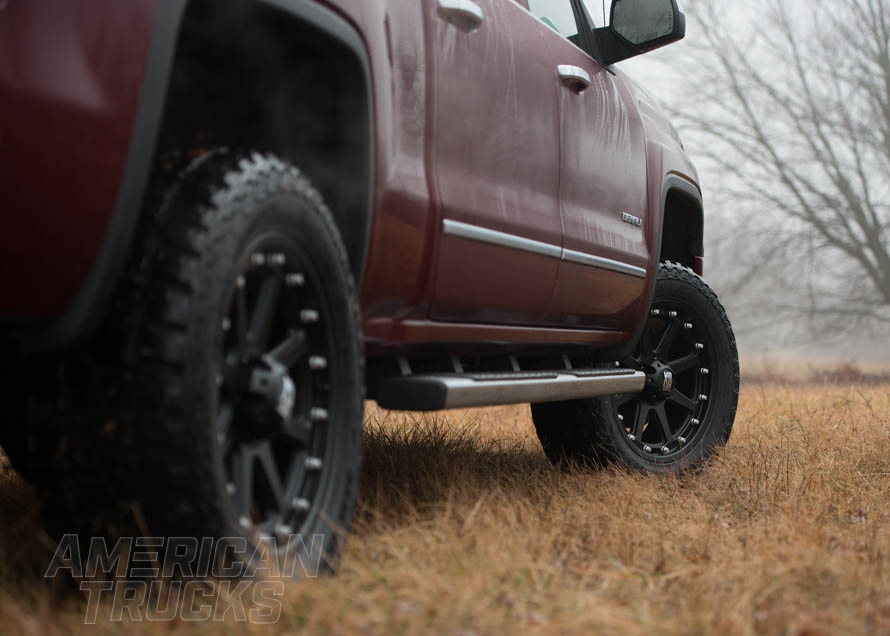Outfitting your GMC Sierra 1500 with a quality set of tires is important to ensure proper performance and safety are both achieved (especially when replacing tires for an AWD vehicle). And just like choosing shoes for your own feet, some thought needs to go into the process of tire selection in relation to the type of driving intended. It wouldn’t make sense to buy winter boots for spring break in Cancun, nor would it be beneficial to outfit a Sierra with slicks when it is going to be towing.
Contents
Shop Sierra Tires
The proper tire is the difference between hauling payloads through a muddy field and stopping at the edge of grass and pavement. Shoeing your workhorse of a truck in the appropriate tire will not only make your jobs easier, but also provide a more enjoyable ride.

